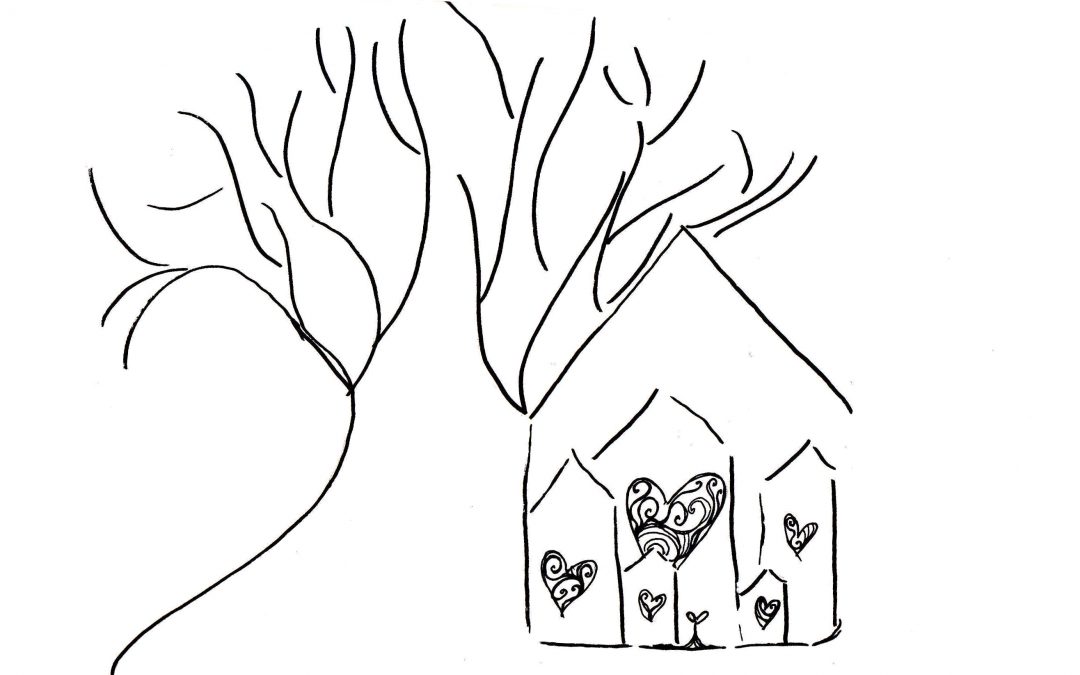
by William | Mar 24, 2021 | Prefabrication
Dear Readers,
With a majority of our previous Home Building Curiosities, I introduced noble home builders according to how they were meeting the five main principles that William and I are setting for ourselves: Passive House, Net Zero, Prefabrication, Small Footprint, and Healthy Living. For The BLOCK Project, I’m going to scratch all of that, and just jump straight into telling you how awesome they are.
The mission of Facing Homelessness, through The BLOCK Project, is to put a 128 square foot Living Building Challenge certified home on every residential block in Seattle~ and have someone experiencing homelessness live in it.
I know I have said it multiple times (outside of this blog), but how they achieve this feat still continues to put me in a state of humbled ‘awe’: They do what they do by revealing the incredible capacity that we as humans have to love and to be loved. You can see this tremendous power of love in every stage of the home~ from how it started, to it becoming somebody’s safe haven.
The Idea’s Beginning
About a decade ago, Rex Hohlbein began inviting people living on the street into his architecture office. He spoke with them. Shared cups of tea. Let them have a dry, safe place to hang out for the day while he made phone calls and worked on clients’ projects. He let them experience a sense of ‘normalcy.’ Most of all, he created a space where the reality of their equality was felt, and their humanity normalized.
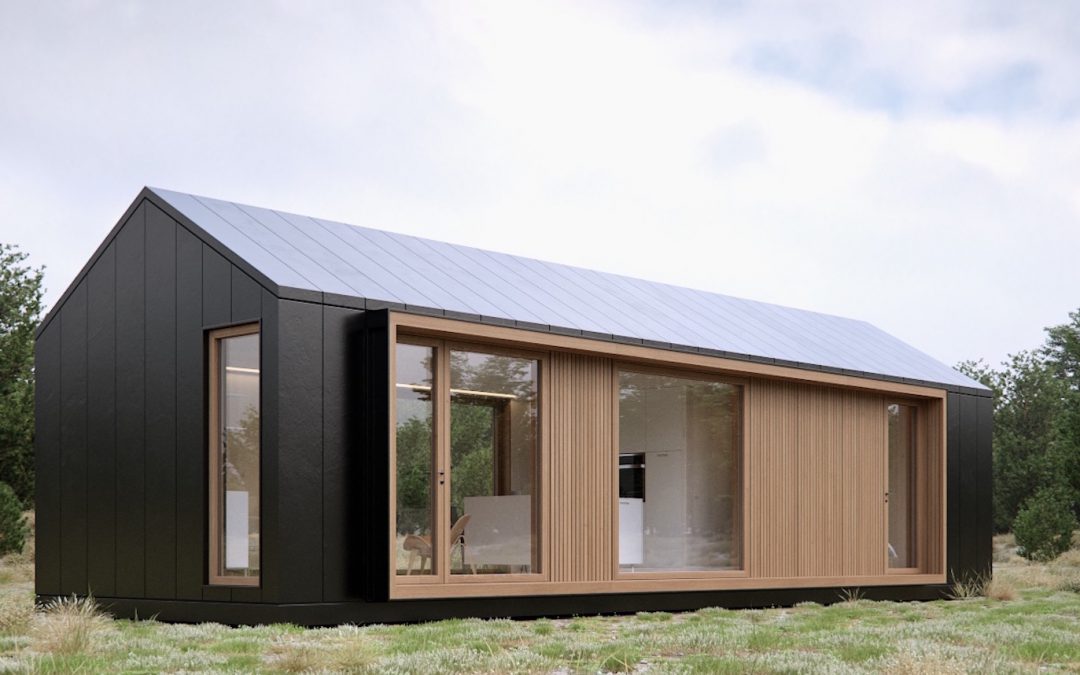
by William | Sep 30, 2020 | Net Zero, Prefabrication, Small Footprint
Based in Riga, Latvia, Manta North is providing prefab, environmentally conscious, affordable, homes. They offer four different home models, the ‘Ray,’ ‘Slope,’ ‘Weekend,’ and ‘Hott.’ Remember how Go Home makes their home buying experience similar to that of purchasing a Porsche? Where you have a base price and then can add additional and unique features to your home? Well..Manta North uses a similar method when selling their homes. Let’s engage in their buying experience of their ‘Slope’ model and how it relates to William and I’s five main principles: Passive House, Net Zero, Prefab, Small Footprint, and Healthy Living.
When I first select the Slope model, I am offered with three different variants: ‘Base Up,’ ‘Smart,’ and ‘Earth.’ All Slope versions are 40 meters squared in area (approximately 430 square feet) and are primarily constructed out of cross laminated timber (CLT). The Base Up is their standard version, and starts at 66,900 euros (about an equivalent of 79,383 US dollars). The Smart version costs 70,900 euros (about $84,307) and integrates some smart technology into the home, like SMART bulbs and a smart thermostat for floor heating. The Earth version costs 89,500 euros (about $106,424) and uses SMART LED lights and comes with a full solar panel system with a battery pack…oh la la! Because William and I want our home to be net zero ready, if we were in the market to purchase a prefab home, we would obviously choose the Earth version of the Slope model.
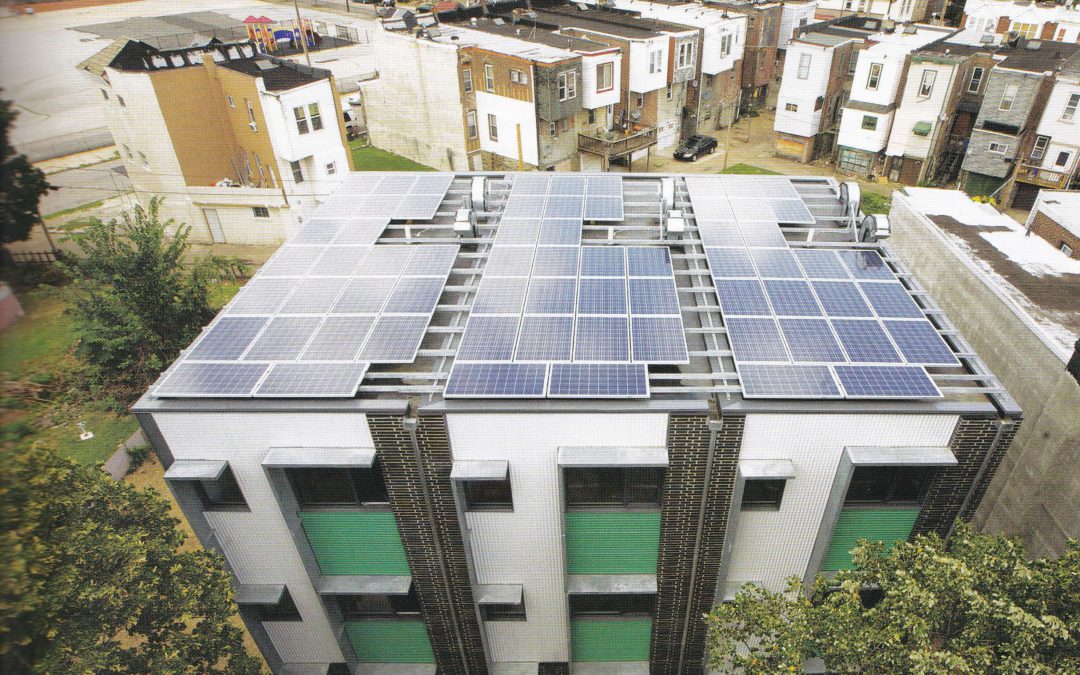
by William | Sep 9, 2020 | Healthy Living, Net Zero, Passive House, Prefabrication, Small Footprint
I swear, Onion Flats does it all. They do architecture. They do development. They do construction. They even do green roofs totally decked out with solar panels. They do all of this with sustainability in mind. They are utterly revamping Philadelphia, Pennsylvania to be a hub for Passive House and Net Zero readiness. Their primary goal is to reduce the operational carbon footprint of their buildings, while also admitting that embodied carbon in buildings will need to be considered if we really want to reach a sense of stable sustainability. And not only do they have a heart for green building and design…but they also have a heart to share it with our low-income, swept-under-the-carpet communities. They are physically building a world where sustainability should not just be “for the rich.”
Their completed project, Belfield, is the primary example I, personally, really want to look at. They have other incredible projects in Philadelphia which I strongly encourage you to take the independent, personal initiative to check out! But since I’m the one writing this blog, I am writing about Belfield.
The Belfield Townhomes development was Onion Flats’ first in just about everything. It was their first build from the ground-up, their first certified Passive House (PHI), and it was their first experimental prefab project. Firsts are scary. And they are even scarier when you have a time crunch. In order to qualify for federal funding, they had to design and build the modular Passive House townhomes in five months. Five months.
But the initiative was there. The townhomes were intended for “formerly homeless and low-income families” supported by the Philly non-profit, Raise of Hope. Environmentally friendly, affordable, healthy homes for the homeless…Onion Flats was all in.
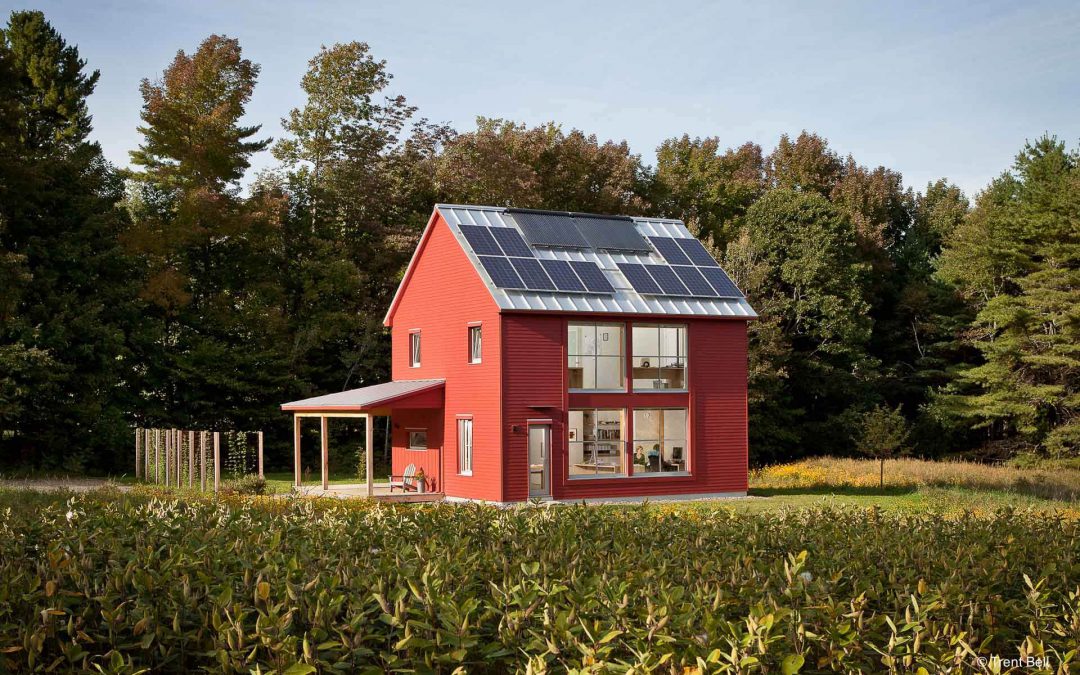
by William | Aug 12, 2020 | Healthy Living, Net Zero, Passive House, Prefabrication, Small Footprint
Dear Readers,
Welcome to our fifth Home Building Curiosity….Go Home! A division of Go Logic, Go Home is a design/build prefab Passive House enthusiast leading the way in energy efficient design and the continuation of learning.
Maine based, Go Homes are inspired by their local region’s natural landscape, as well as by its history, people, and culture.
All of their Go Homes meet Passive House (PHIUS) standards, and are prefabricated through a honed panelization process.
Passive House
An advocate for building homes that have the earth and future generations in mind, Go Home makes all their homes go passive. Achieving Passive House certification means that homes will use less energy, thereby paving the road to being net zero, or even net positive. A house requiring less energy to function, means less energy is needed in the first place.
Their homes’ air-tightness “meets or exceeds” Passive House (PHIUS) standards at .6 air changes per hour at 50 pascals (.6 ACH @ 50 Pa). And their homes are all crazy well insulated, as you shall read in the ‘prefabricated’ section.
They offer heat-recovery and energy-recovery ventilation systems with all of their homes. Three pane, high quality, windows are also utilized and placed accordingly to maximize heat gains from solar energy.
Go Home’s commitment to making not only their homes, but the world, Passive, can be admirably summed up in their last paragraph on their “Passive House” page:
by William | Jul 22, 2020 | Net Zero, Passive House, Prefabrication
Dear Readers,
Ready for the fourth edition to our Home Building Curiosity collection? Here are some dramatic hints to what you are about to absorb…
…[intense, theatrical music playing]…The home’s structure is cross laminated timber, it’s reinforced with galvanized steel frames to allow it to fold from a box to a customizable A-frame home in less than seven hours, it has the possibility to meet Passive House standards with its high density rockwool insulation and waterproofing polyurethane foam, the models range from 365.97 to 925.7 square feet, it’s a masterpiece by architect Renato Vidal…it’s innovative…it’s modular…it’s Italian…it’s MADi!
[Right about here, the crowd would go wild]
Prefabricated
MADi’s goal is to make homes more affordable to us Average Joe’s, and they achieve this initiative through a perfected prefabrication system. They use cross laminated timber (CLT) in their construction…which greatly speeds up the manufacturing process while maintaining a high quality build. Panels of CLT can be routed in the factory to meet design requirements, and then put together like building blocks to make a home. They are the structure of the home….and a strong, fire and earthquake resistant one at that.
How the MADi homes are assembled on-site makes William’s roof origami look incredibly feasible….
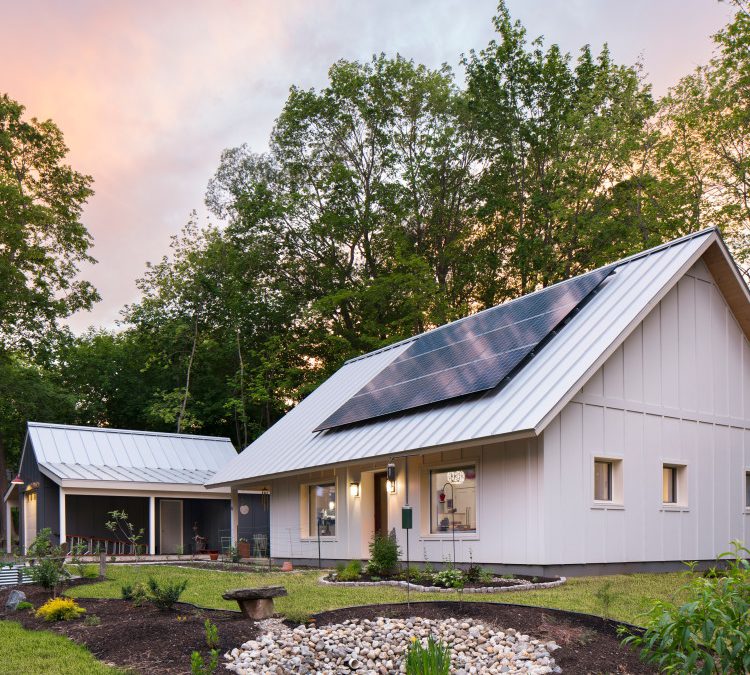
by William | Jul 1, 2020 | Healthy Living, Net Zero, Passive House, Prefabrication, Small Footprint, Uncategorized
Dear Readers,
Welcome to our third Home Building Curiosity, Ecocor! As with the first two Home Building Curiosities, Ecocor is not only a curiosity, but an inspiration in the field of sustainable building. Ecocor is exceptional in how it actually meets all five of William and I’s foundational principles in our mission. Based in Searsmont, Maine, Ecocor designs and manufactures prefabricated, Passive House (PHI) certified, net zero ready, small footprint, healthy living building components and homes.
Prefabricated
Ecocor is very proud of their wall panels, and they rightly should be! Their walls are prefabricated at their Searsmont location, allowing for a climate-controlled build of each panel. Every wall panel meets Passive House standards, and has a specific assembly structure that is even being patented.
The manufacturing of individual wall panels allows Ecocor, the architect, and the buyer to get creative, while still achieving a quickly and quality built home. They promote the motto of “If it can be drawn, we can build it.” Think of their walls as super insulated, airtight, lego blocks, that allow you to build your own unique passive home.
While their wall panels are prefabricated and allow custom builds, Ecocor does have a sector devoted to prefabricated, Passive House certified, modular homes. This branch is called Solsken, which means “sunshine” in Swedish. All of the homes in their Solsken Ecocor collection are named after flowers, which William and I love (because we were actually thinking of naming our potential pipe-dream homes after trees)!





